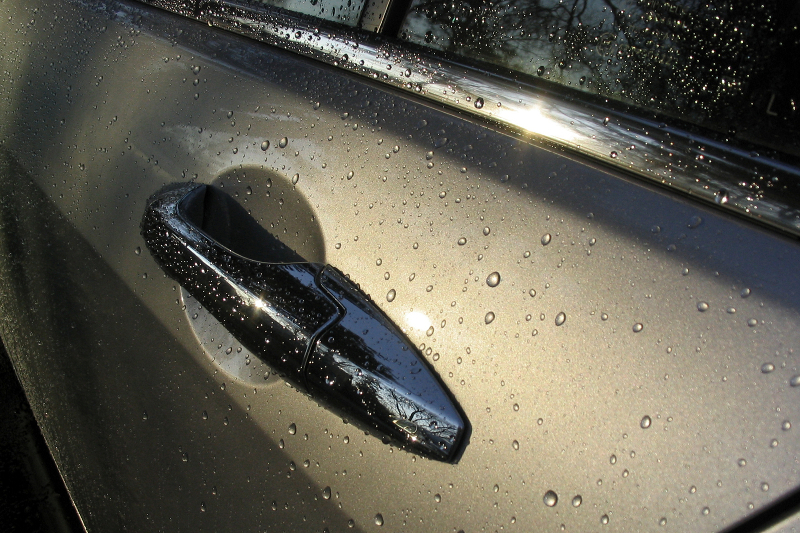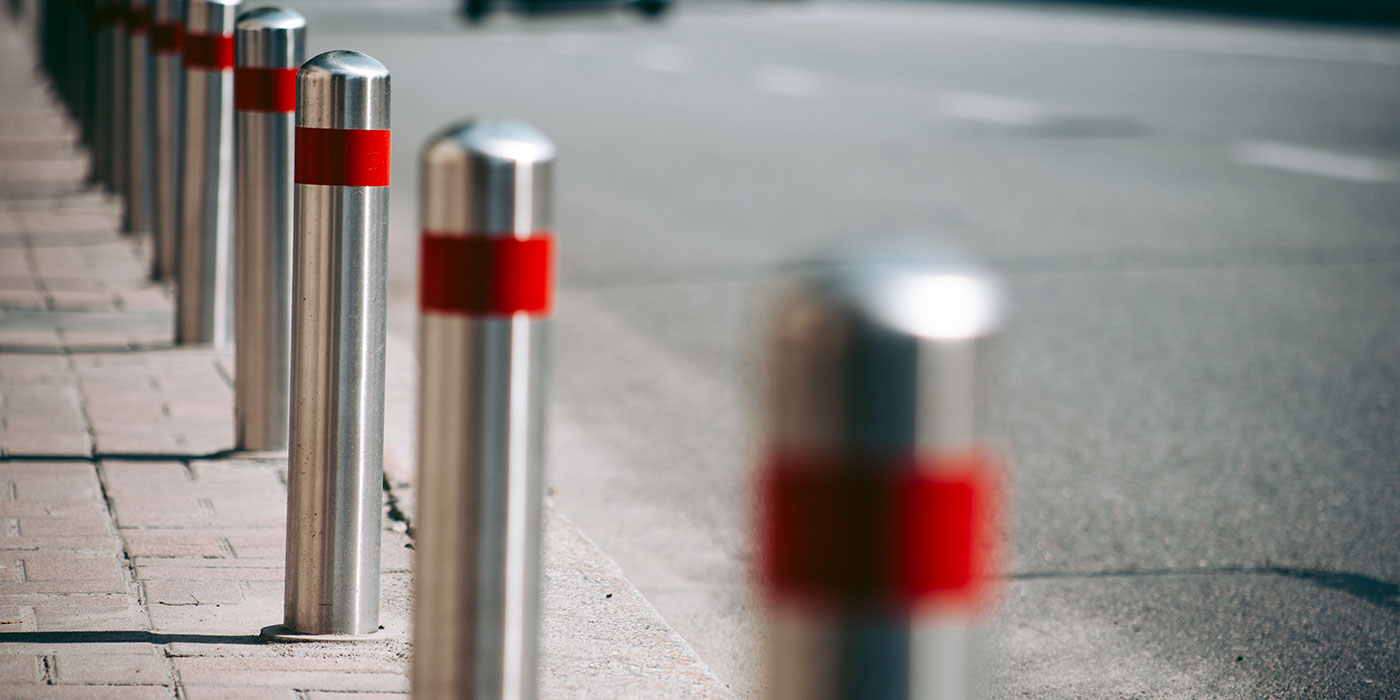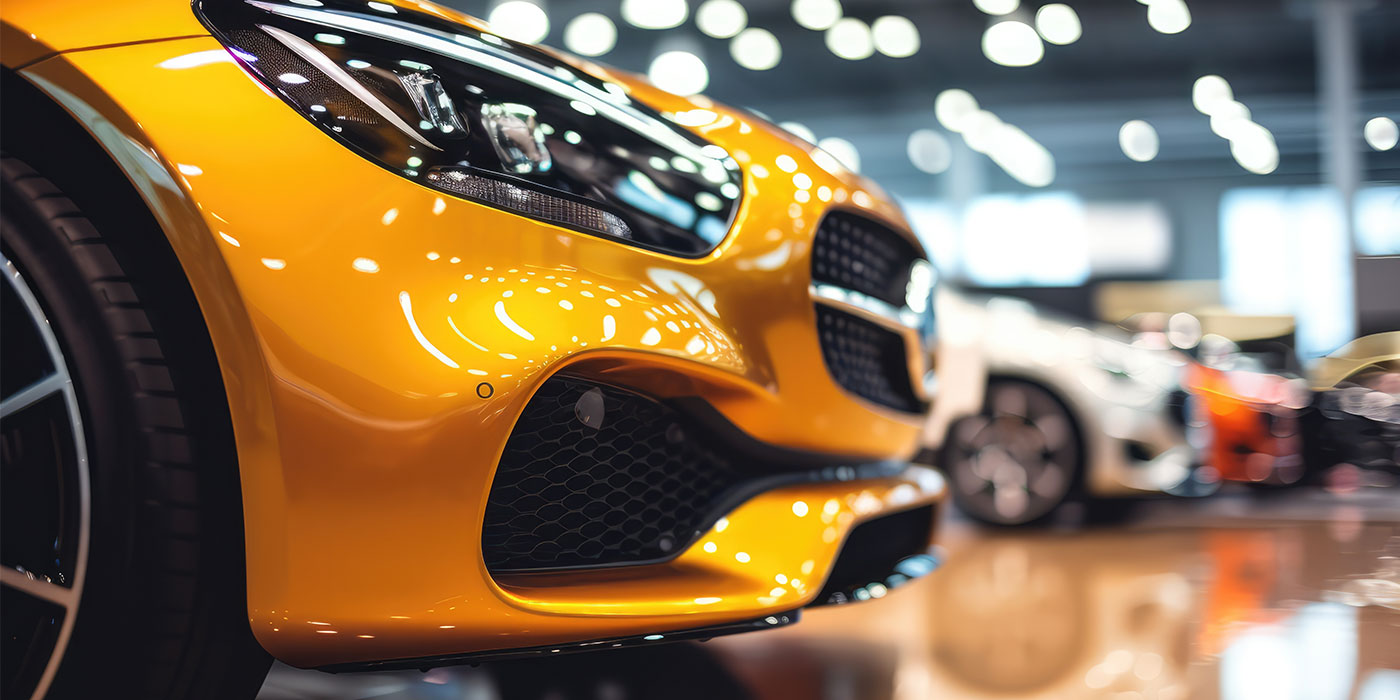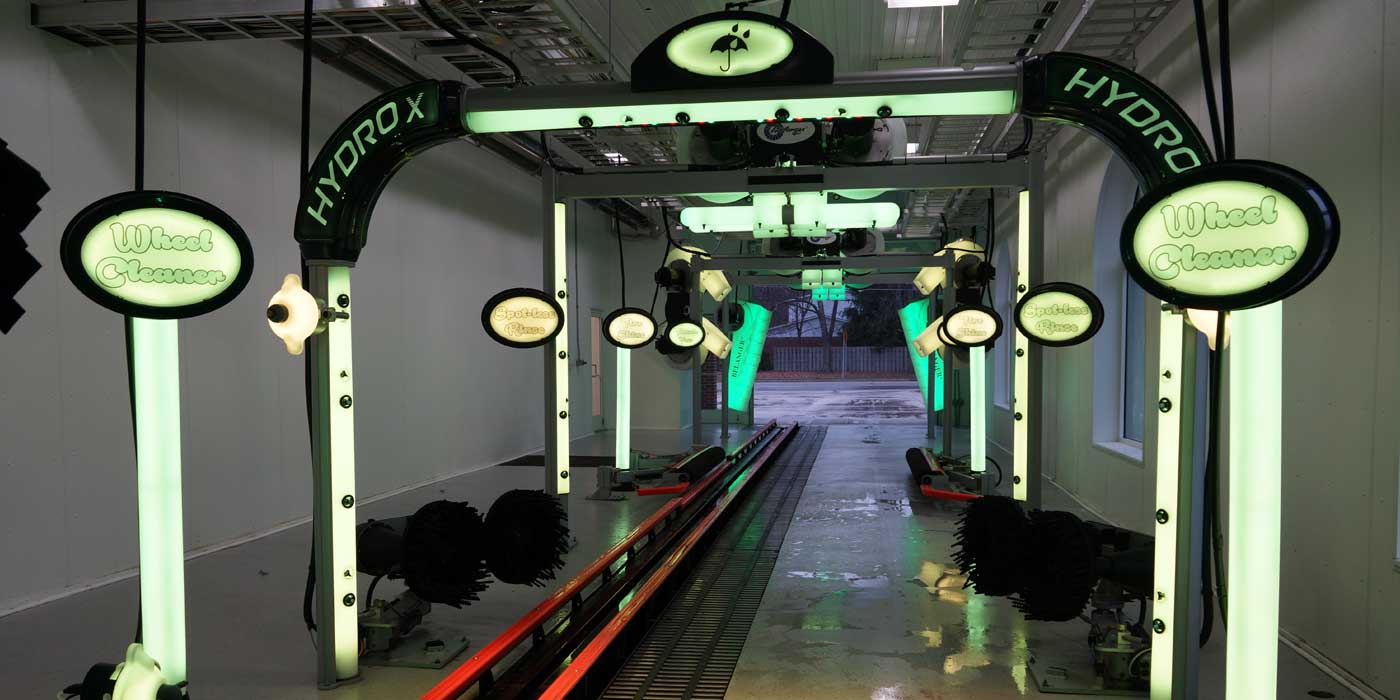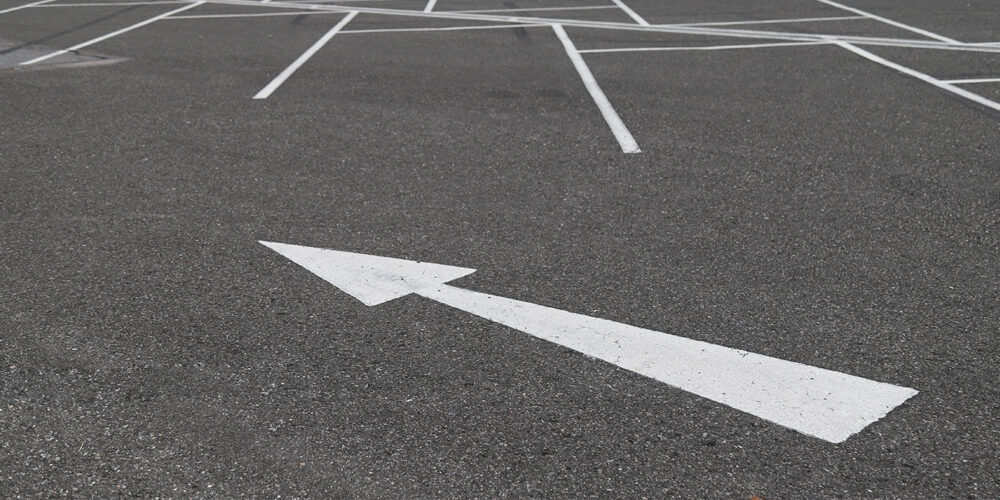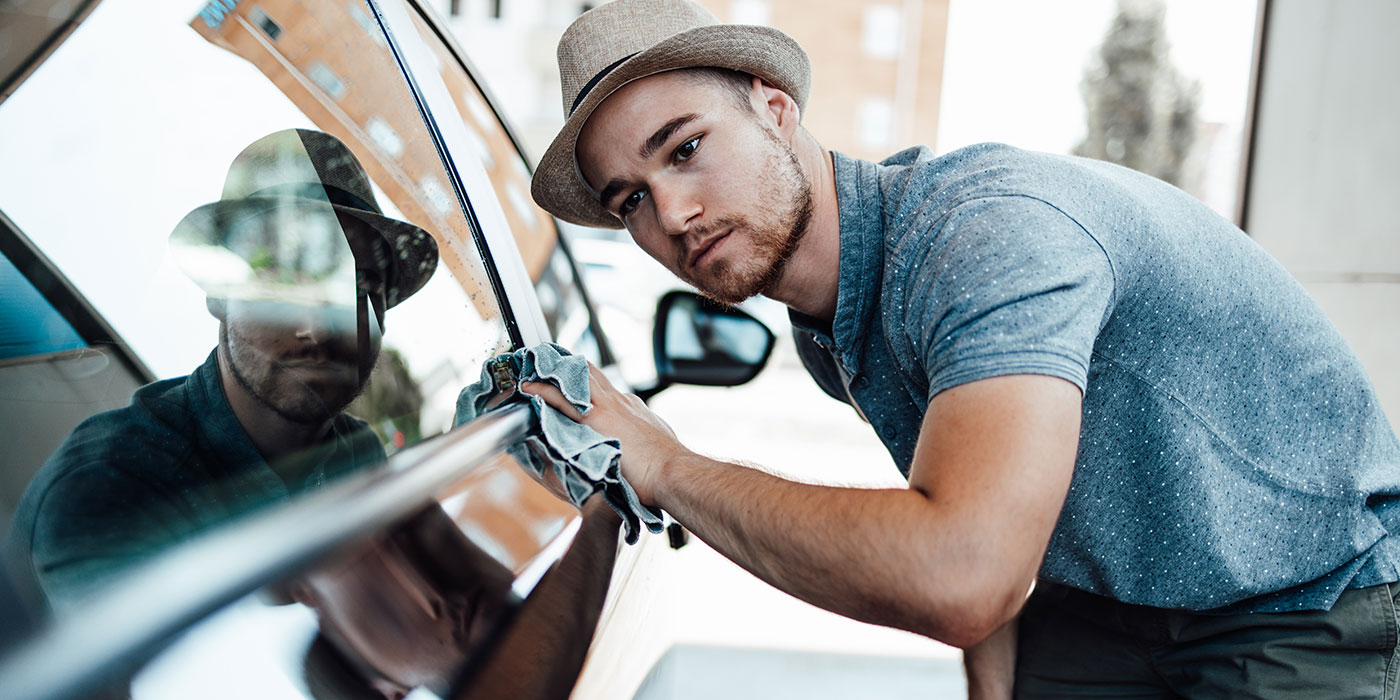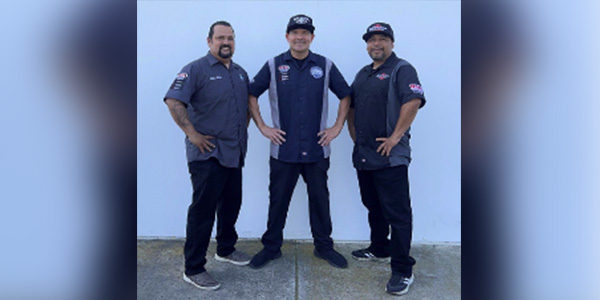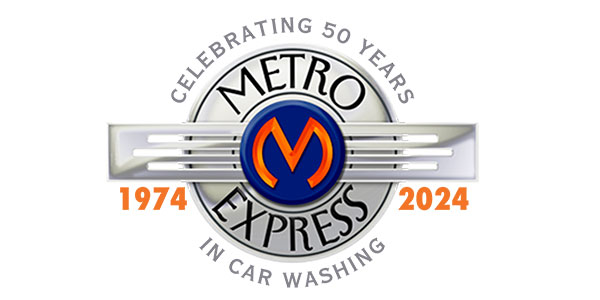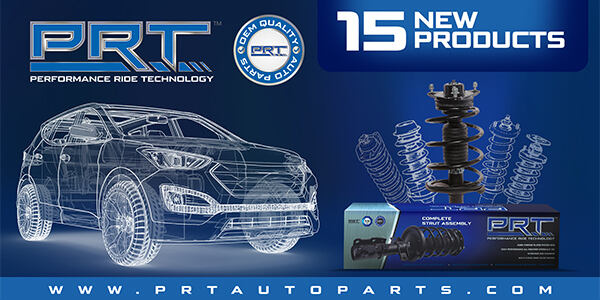The great debate continues over ways to wash the exterior of a car. Which method is a better way to clean a vehicle, soft cloth or touch-free?
There are professionals who regularly advocate for each type. In fact, I have spoken with many people who swear by one wash type over the other and would never switch. Some may own or manage one of these types of facilities; others may be in the carwash equipment or chemical sales business, furthering their interests (and wallets).
However, both sides have valid arguments for and against each option. It simply comes down to perception and personal preference. For this Guest Post entry, we will examine the pros and cons of soft cloth and touch-free carwashes.
The soft cloth carwash (also known as cloth or friction)
Advantages:
- Much like using a washcloth on your face to exfoliate, soft cloth is an excellent way to lift organic matter (bird droppings, bugs, pollen, dirt, etc.) and inorganic matter (road film, hard water spots, salt, etc.) off a vehicle’s surface.
- A soft cloth cleans the hard-to-get places (front by license plate, rocker panels and rear of vehicle) most effectively. It also rids the “eyebrow” on upper windshields caused by wiper blades.
Disadvantages:
- Soft cloth can exacerbate preexisting conditions (loose molding, loose mirrors, nonfunctioning power antennas, etc.). If something on the vehicle was partially broken before, chances are it may be more damaged after the wash.
- If the surface of a vehicle is not properly emulsified before reaching cloth (power sprayed or foam conditioner applied at first arch), the cloth can use the soils against the car and cause scratches.
Touch-free carwash (also known as touchless or brushless)
Advantages:
- Nothing touches the vehicle for this wash type. The cleaning is done by high-pressure water and chemicals. Technology has come a long way; sensors can “see” the vehicle and follow the contour of car for a more effective wash. Furthermore, the chance of car damage is greatly reduced.
- Touch-free is able to wash a broad spectrum of vehicle types (oversize. duallys, etc.).
Disadvantages:
- If your car is really dirty, touch-free has developed a reputation for not getting the job done efficiently. Touch-free can also take longer, resulting in extended wait times.
- Touch-free is heavily reliant on chemicals for cleaning. If not correctly monitored, improper chemical ratios can cause staining on a vehicle’s paint.
Conclusion
The personal preference of today’s customer depends on many variables. Time, quality and even environmental concerns all come into consideration. Customers may perform a little investigative work before entrusting their car to a particular facility.
Carwash owners and operators must ask themselves the following questions to ensure customers drive to their location over the competitor down the street: Is the cloth well-maintained? Are the chemicals being monitored correctly? Which produces the best shine for a customer’s car? After all, the carwash industry is highly competitive. You have choices when it comes to selecting a wash type that works best for your location, and so do your customers. Do a little research and evaluate the best options that most effectively address the needs of your targeted customer base.
David Dwyer is a 20-year veteran of the carwash industry. He currently manages a full-service carwash in Edina, Minnesota.

